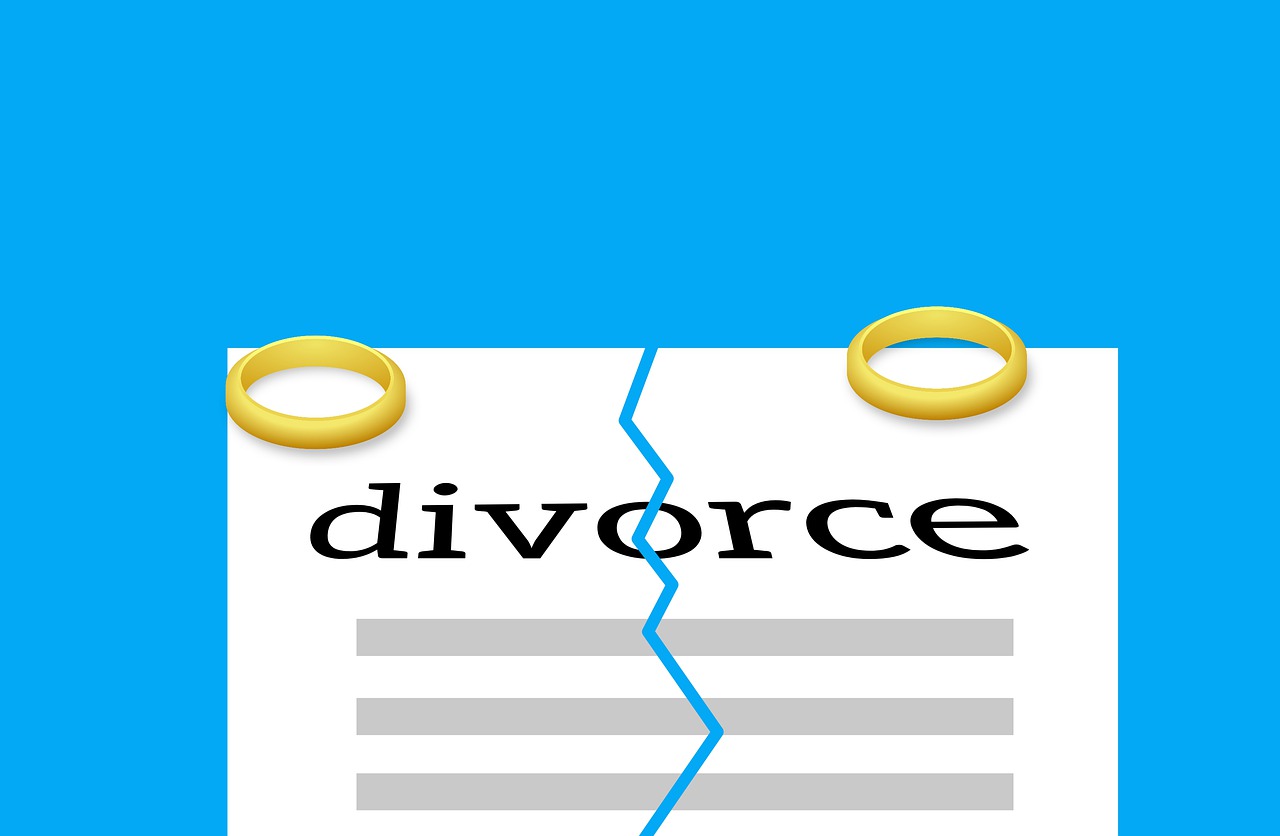 What is a Joint Divorce?
What is a Joint Divorce?
A Joint Divorce is a legal proceeding in which both spouses initiate the divorce together. This procedure is only suitable when the divorcing couple is not only able to agree on all legal issues, but is willing and able to cooperate and work together to end their marriage.
How Does it Work?
In the majority of cases, divorces are initiated by one spouse (known as the Petitioner) who then serves their court documents on their ex-spouse (known as the Respondent). This process can be adversarial if the spouses do not agree on major issues, such as the care and control of children or child support,
However, this does not have to be the case. In an uncontested divorce, the ex-spouses can choose to jointly file for divorce. In this case, they are both the Petitioners and there is no responding party. As the name suggests, in a joint divorce the ex-spouses are jointly (that is, together) asking the court to grant the order they are seeking. As a minimum, they would be asking for a divorce, but a joint divorce petition can also ask for other things such as an order setting the amount of child support payable (as long as both agree on what that should be).
A joint divorce is non-adversarial because the two spouses are essentially on the same side; they are both asking the court for the same thing. In order for this method to work, both spouses must want to be divorced and must not disagree on any other issue related to the divorce such as child custody. If they disagree with what should be ordered, then it is not possible to proceed jointly.
Joint divorces are not suitable for every situation and there are a number of pros and cons to proceeding jointly or in the more traditional manner.
Advantages
The advantages of a joint divorce include:
- It is non-adversarial and is best suited for uncontested divorces.
- It does not place blame.
- It recognizes that both spouses equally want to move on and that the divorce is a mutual decision.
- There are some cost savings. Since both spouses jointly sign the Petition for divorce, it is not necessary to pay someone to serve it on the other spouse.
Disadvantages
However as with all things there are also drawbacks. These include:
- It is not an option in contested divorces.
- It requires the active cooperation of both spouses. This may not always be possible. One party may be more eager to get things done than the other.
- Becomes a procedural problem is both spouses file a joint divorce together, thinking that everything is resolved and uncontested, and then a dispute develops between them.
Before starting a joint divorce, we recommend that you consult with a lawyer to see if this would be right for you.







